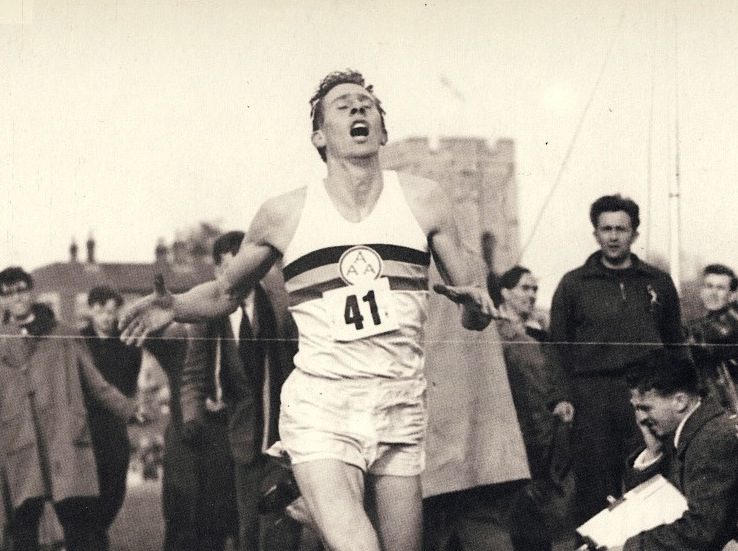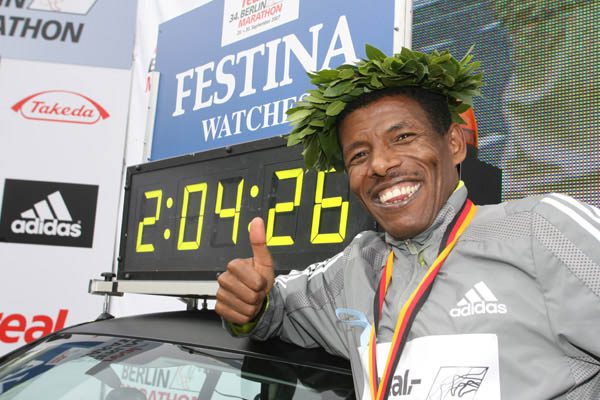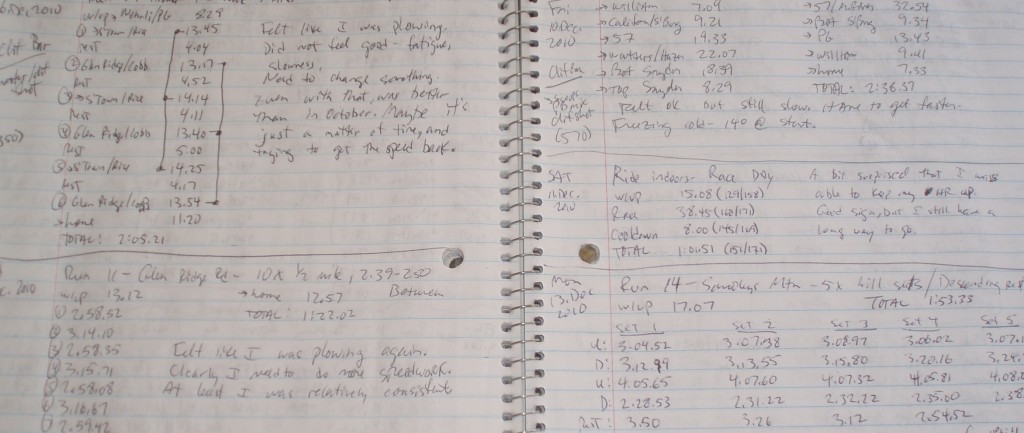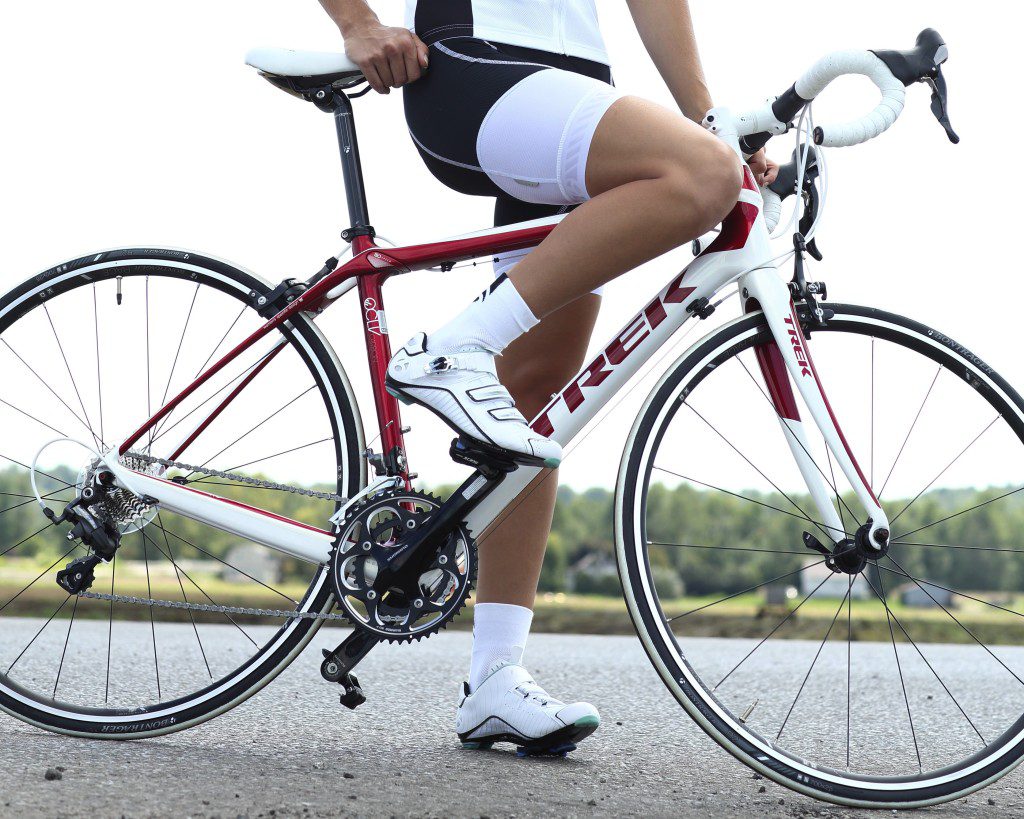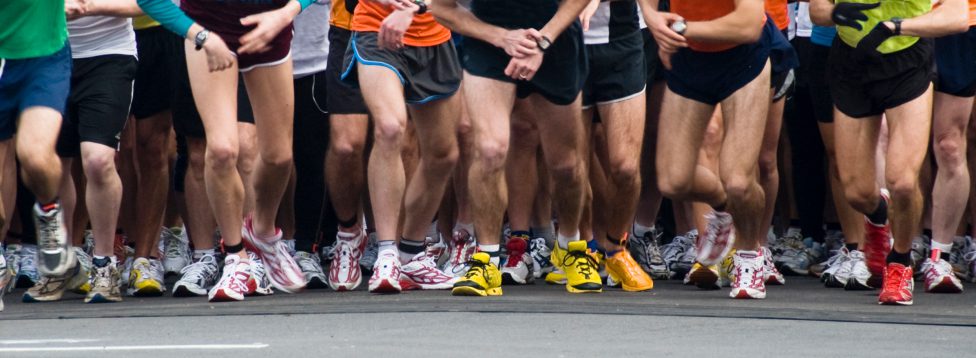Marathon Training – 5 steps to Your Best Race
5 Steps to Your Best Marathon
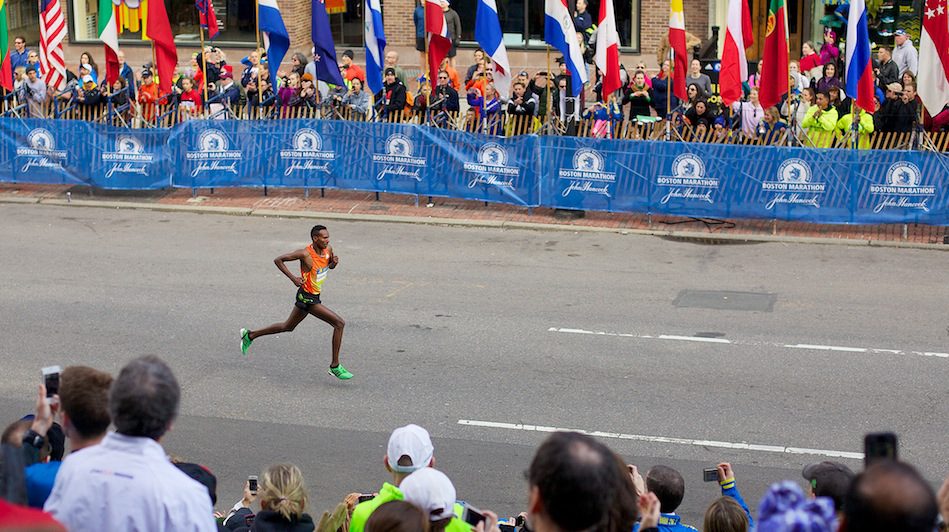
By Jane Cullis
Running your best marathon requires preparing both your body and your mind for the challenge. Physically, you need to do regular long runs and basic strength work to build an aerobic base and stabilize your core – to stay healthy during the training cycle and on race day. Mentally, you need to prepare yourself for the various ups and downs along the way. Ultimately, a holistic approach to running will ensure your first (or next) marathon experience is positive.
1. Be positive
Running a marathon is largely a mental game. Most runners know marathons require mental toughness, but few acknowledge the difference a positive attitude can make. You think it’s a coincidence that Haile Gebrselassie is always smiling at the start line? Although an athlete’s optimism need not be so transparent, it must be present, especially in an event as long and arduous as the marathon.
Rob Watson, a 2:13 marathoner whose blog, Le Blog du Rob, screams with optimism, agrees: “Negativity breeds doubt,” he says. “If you don’t believe you can run a marathon, you won’t.” To prepare yourself mentally for a marathon, determine exactly why you want to run one and list reasons why you think you will be successful. Then when you hit a roadblock, you will have an instant reminder of why you should – and can – continue. “Marathoning isn’t all about rainbows and runner’s highs,” Watson says. Accept that there will be challenges, he adds. Visualize the hurdles you may face and decide how you will deal with them in advance. “Instead of dwelling on how terrible you felt on a bad day, think of it as an excellent training stimulus for the marathon, where you will have to gut through some rough patches,” Watson advises.
Whether you have a formal coach or enjoy logging your miles alone, keep a record of your training. Nicole Stevenson, a 2:32 marathoner and coach of a women’s elite development program in Toronto, has all of her athletes keep a training log. “It provides an excellent reference to keep you on track in your marathon preparations,” she says. “They can go back and see their overall progress, whether it’s an improvement in their average pace or long run mileage.” Keeping a log will keep you accountable for doing the work early on and can prevent overzealous athletes from doing too much in the taper phase. Furthermore, if you do end up fatigued or injured, you can go back to your log and assess what training factors may have contributed to it, thereby preventing future mistakes. Ultimately, keeping track of your progress will get you to the start line feeling confident that you’ve done the work to run your best.
3. Cross-Train
Many runners think that to run a marathon you must be able to run a hundred miles a week, preferably barefoot and on a diet of Ethiopian Injera. For most runners, however, running excessively will lead to burnout or injury. Past Canadian marathon champion and 2:32 marathoner Krista DuChene will not run more than once per day. Instead she supplements her running with cross-training. “I swim or pool run three times a week and ride my bike twice a week. It keeps injuries away, provides variety and builds strength.” Aqua jogging and swimming are low-impact ways of improving cardiovascular fitness and biking is great for leg strength. “Running in a variety of ways – on the treadmill, the track and through trails – is another way to make things easier on your body while improving fitness,” DuChene suggests. Working on core strength is also part of the daily routine of many elite runners, as it helps prevent injuries and improves running economy (see G.I. Jane Coolis’ Core Workout).

4. Get personal
Two marathoners may have completely different training methods yet achieve similar results, based on the ability of their programs to keep them healthy, consistent and motivated. Dylan Wykes, Canada’s No. 2 all-time marathoner, works closely with his coach to develop a training program that suits his fitness level and goals. “You gain confidence knowing the training you are doing is set out specifically for you,” Wykes explains. “Also, you are more likely to listen to your body and make adjustments to your training as your buildup progresses, preventing fatigue or injury in the long term.” DuChene, a mother of three, attributes personalized training programs for several strong comebacks after childbirth. “I start out struggling through short races after childbirth, but steadily increase the quality and quantity of my training and by the next season, I’m maintaining those paces for an entire marathon.” Personalize your program by incorporating cross-training activities that you enjoy or tailoring your number of weekly runs to what is comfortable for you. If you are an older athlete, you may need to take more time to recover after a long run or interval workout. A customized program will increase your motivation and longevity as a marathon runner.
5. Race more
Doing shorter races leading up to a marathon is a great way of improving fitness and breaking up the monotony of training. For new runners, familiarizing yourself with the racing scene prior to the marathon can reduce your anxiety and stress on race day. Coach Stevenson suggests doing 5K or 10K races in place of two hard runs that week. “Racing counts as much more effort than regular run workouts, so you have to adjust your recovery time accordingly,” she says. Similarly, races of a half-marathon or longer are excellent tools to practice race-day pacing, eating and hydration, but should be done no less than six weeks out from your marathon. Treating races as practice runs for the marathon can build confidence if you nailed your pace, and they can be learning experiences if things don’t go well. Whatever the outcome, if properly incorporated into your training program, chances are they will benefit you on race day.
Jane Cullis is a contributor to Canadian Running magazine. She has a marathon PB of 2:54:08 and a half-marathon PB of 1:16:43. She has a blog “shoeless coolis” at janecoolis.blogspot.ca.
